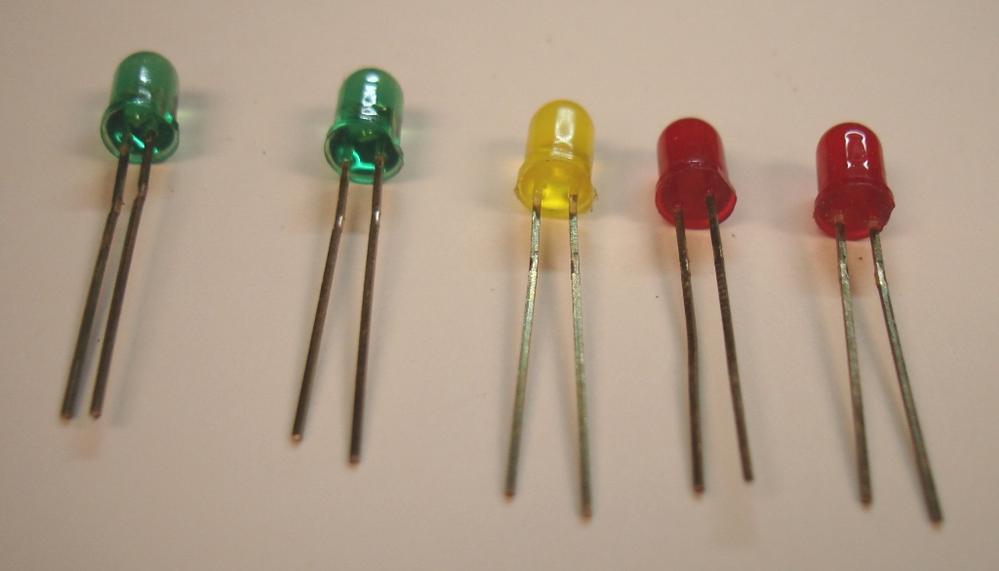

Other cross-section shapes include square, rectangular and triangular.Īs well as a variety of colours, sizes and shapes, LEDs also vary in their viewing angle. LED clips (illustrated) are also available to secure LEDs in holes.
LED CATHODE ANODE INSTALL
Round cross-section LEDs are frequently used and they are very easy to install onīoxes by drilling a hole of the LED diameter, adding a spot of glue will help to hold The best type for general use, but 3mm round LEDs are also popular. The 'standard' LED has a round cross-section of 5mm diameter and this is probably LEDs are available in a wide variety of sizes and shapes. No special precautions are needed for soldering most LEDs. LEDs can be damaged by heat when soldering but the risk is small unless you are very slow. This is not an official identification method. If you can see inside the LED the cathode is the larger electrode but

The cathode is the short lead and there may be a slight flat on the body + for anode and k or - for cathode (yes, it really is k, not c,įor cathode). LEDs must be connected the correct way round, the diagram may be labelled a or Never connect an LED directly to a battery or power supply. Passing excessive current, usually this is achieved by connecting a resistor in series with the LED.

The electrical behaviour of an LED is quite different from a lamp and it must be protected from LEDs emit light when an electric current passes through them. Also see: Lamps | Diodes LED = Light Emitting Diode


 0 kommentar(er)
0 kommentar(er)
